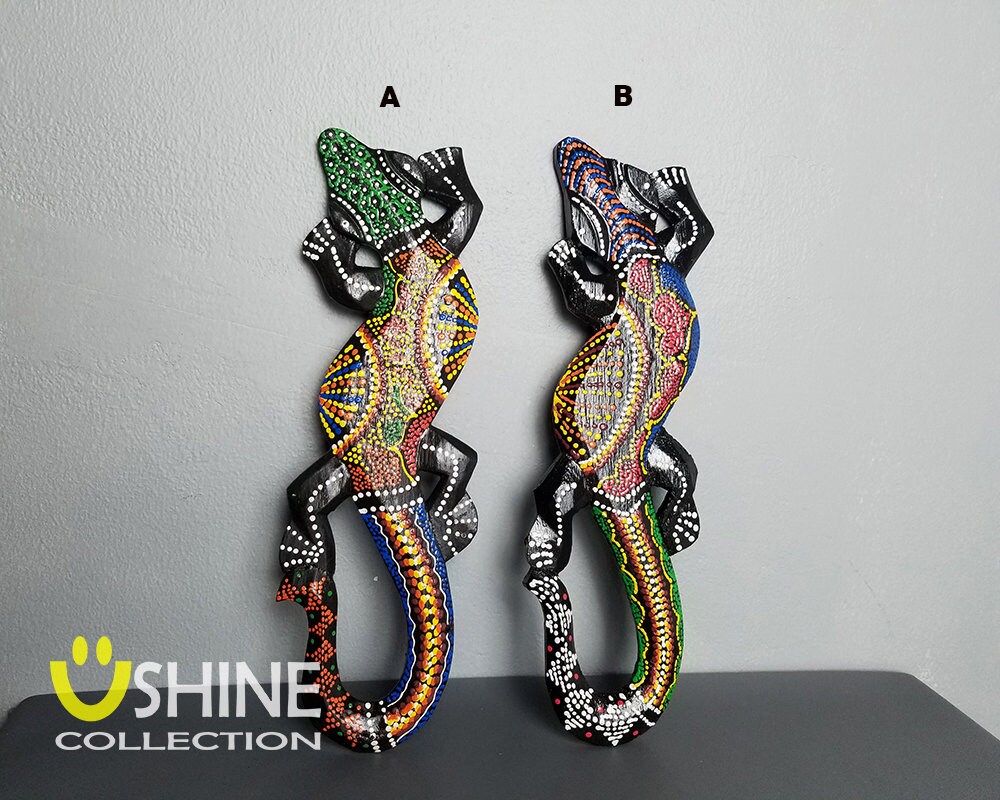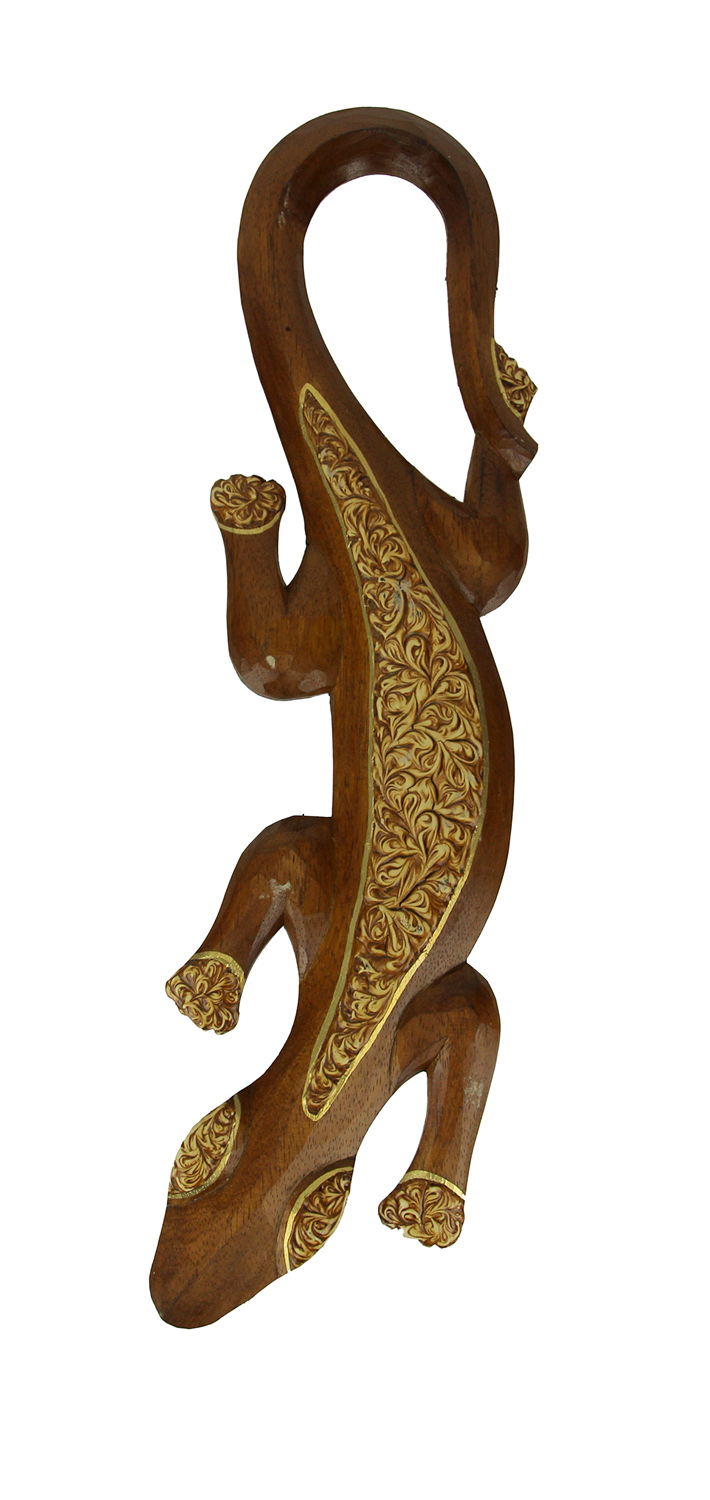

If it does not it may be time to seek expert help. If your gecko is under 20g it should begin to eat within 10 days. It may be a good idea to shut off any lights that are directly shining on the enclosure and/or cover the sides and back of the enclosure to block light from coming in from all directions.

If you have bright lights over or near your gecko’s enclosure this could be making it uncomfortable or, if they are bright enough, be physically painful for your gecko (especially albinos). Try to handle or disturb it as little as possible and feed it by counting 10 mealworms into an escape proof bowl and recounting them once per day to see if the gecko is eating when you are not watching. What should I do? If you have had your gecko for less than two weeks, give it some time to adjust. The older they are the less they need to eat to maintain a healthy weight and so they usually become less active. The main motivation for a leo to be out and about is hunger. Leopard geckos that are happy and well fed tend to be lazy and sleep most of the time. The behavior could also be completely normal. If you have just gotten your gecko it could be nervous or stressed out by its new environment and reluctant to come out if it has found a hiding spot that makes it feel safe. Why? There could be a few reasons for this. If the behavior decreases or disappears when they are separated it is likely this was the cause and it may be the best idea to keep them in separate enclosures. If you are keeping more than one gecko together and only one gecko is exhibiting this behavior it may be best to separate them. It also may be a good idea to shut off any bright lights over or near the cage or even cover the back and sides of the cage to block light from coming in from all angles and help your leo feel more secure. What should I do? If you see your gecko doing this it is a good idea to check that your floor and/or air temperatures are not too hot and that your gecko has a warm and cool hide that allows them to hide completely from the light and feel safe. If you are keeping more than one leopard gecko in the same cage and only one is climbing it may be trying to escape the territory of a more dominant cagemate or from an over-zealous member of the opposite sex. It also could indicate that something in your gecko’s environment is less than ideal. This behavior is fairly normal and once your gecko becomes accustomed to its new home it should stop. When keeping leopard geckos in glass aquariums or bins, seeing them trying to climb up the glass may be an example of this testing. Why? Most animals, leopard geckos included, test the limits of their new environment for a few days or weeks. Also, be aware that different keepers do things in different ways so there will not be universal agreement about every detail of what follows: Situation Normal Trying to climb up the glass Be aware that this is no substitute for a good caresheet and the advice of experienced keepers about your specific situation. Since most new gecko owners seem to be caring for leopard geckos, this article addresses some of the questions and concerns that new leopard gecko owners have voiced frequently in reptile forums. In addition, many new gecko owners come from a background of caring for mammalian pets and are more familiar with a pet that needs to eat several times a day and moves around often. Without the knowledge base that comes with reptile experience, it can be difficult to know whether or not the gecko is thriving and whether the new keeper is using correct husbandry.

To learn more about how and for what purposes Amazon uses personal information (such as Amazon Store order history), please visit our Privacy Notice.For new gecko owners, the first few weeks can be an anxiety-filled time. You can change your choices at any time by visiting Cookie Preferences, as described in the Cookie Notice. Click ‘Customise Cookies’ to decline these cookies, make more detailed choices, or learn more.

Third parties use cookies for their purposes of displaying and measuring personalised ads, generating audience insights, and developing and improving products. This includes using first- and third-party cookies, which store or access standard device information such as a unique identifier. If you agree, we’ll also use cookies to complement your shopping experience across the Amazon stores as described in our Cookie Notice. We also use these cookies to understand how customers use our services (for example, by measuring site visits) so we can make improvements. We use cookies and similar tools that are necessary to enable you to make purchases, to enhance your shopping experiences and to provide our services, as detailed in our Cookie Notice.


 0 kommentar(er)
0 kommentar(er)
